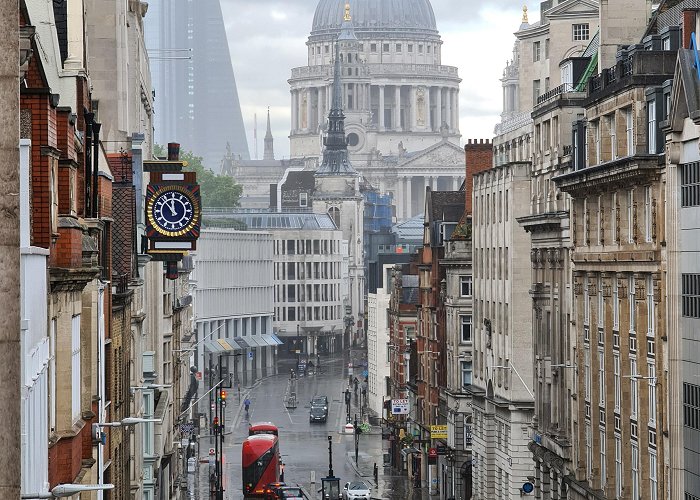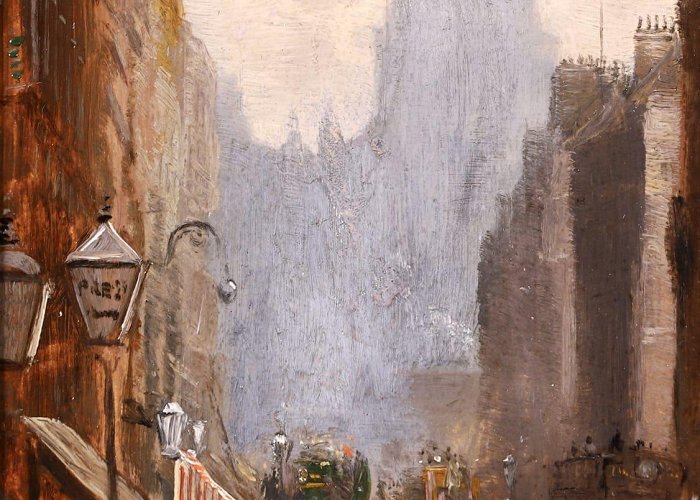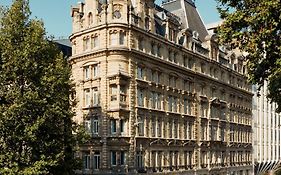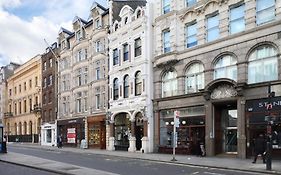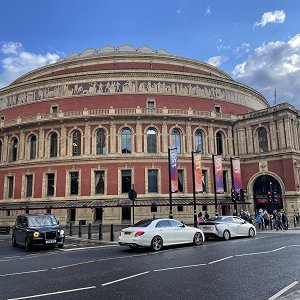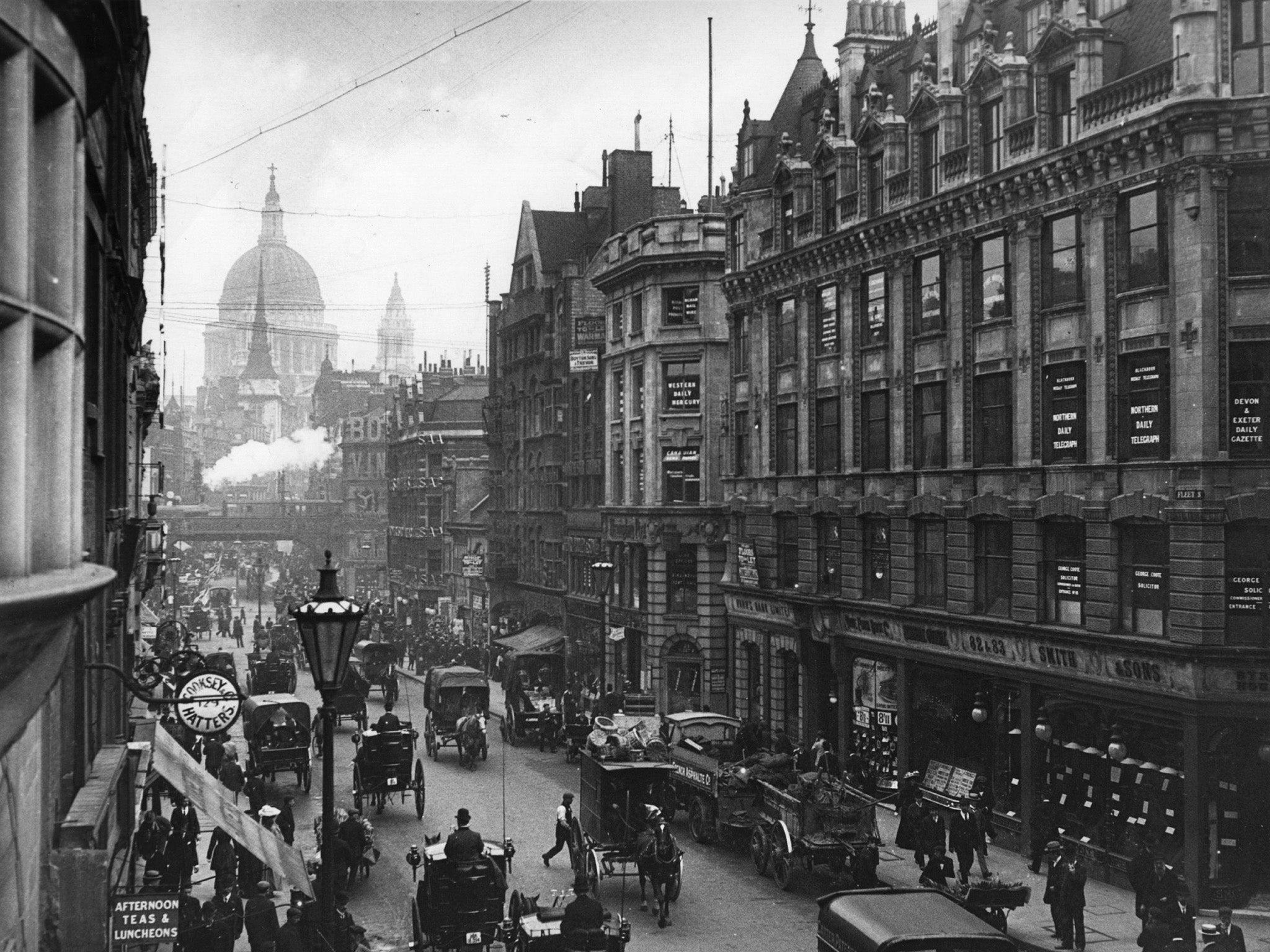
Embed Image
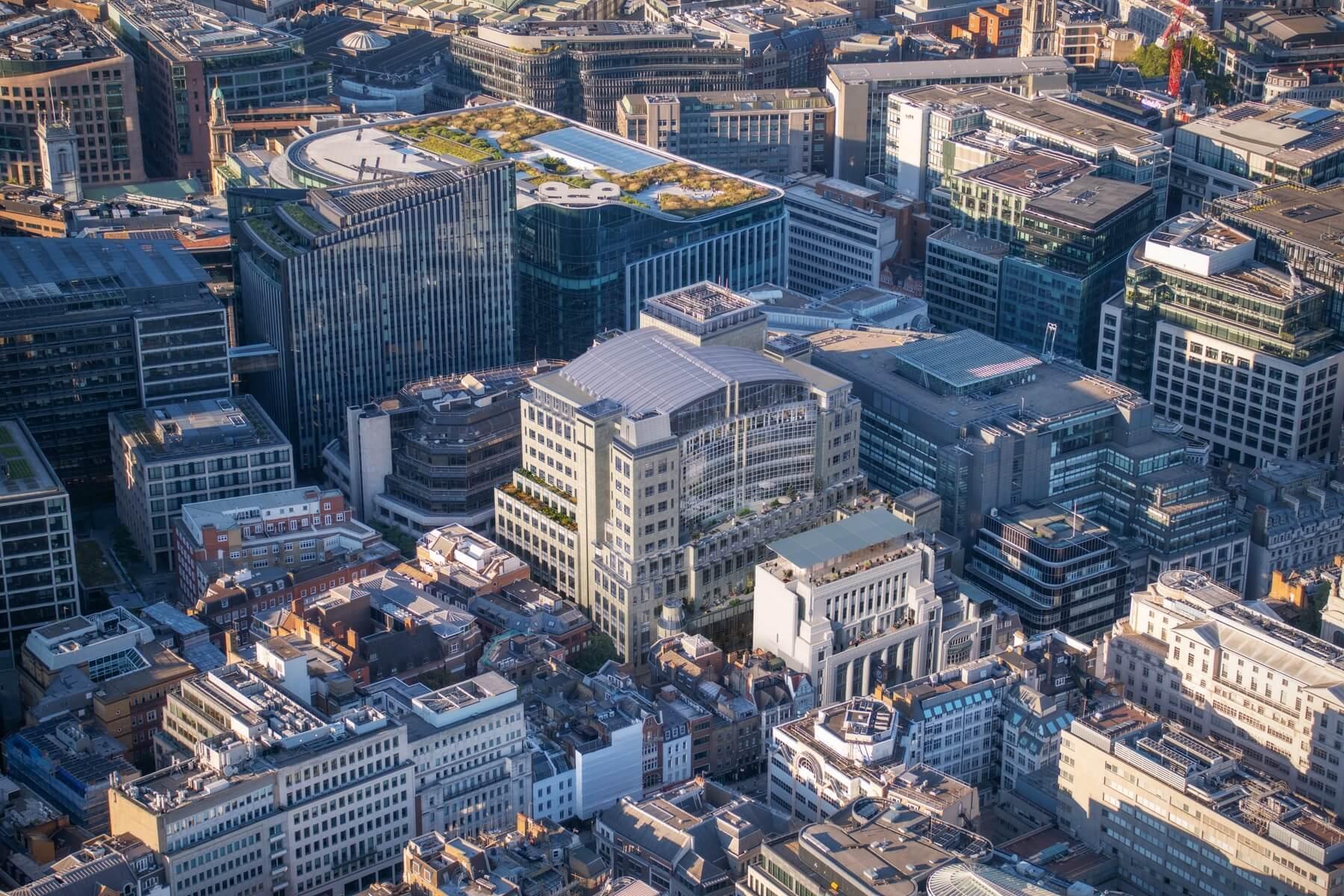
Embed Image
Fleet Street, located in the City of London, is a historically significant street renowned for its associations with the British press. Once a bustling hub for newspaper offices and printing establishments, Fleet Street has played a crucial role in shaping the UK's media landscape. The street has a rich history dating back to the 1500s when it became the center of publishing and journalism. The architectural style of the buildings along Fleet Street reflects its long-standing significance, with grand facades and ornate details that harken back to its heyday as a vibrant commercial and cultural area. Visitors to Fleet Street can immerse themselves in its journalistic legacy and discover the intriguing tales and colorful characters from the world of British media.
For tourists, Fleet Street offers a unique opportunity to explore a location steeped in cultural symbolism and historical significance. Visitors can discover the stories and legends associated with the street, such as the infamous Demon Barber of Fleet Street, which has been immortalized in literature and theater. There are also intriguing relics and artifacts housed within some of the buildings, providing a fascinating insight into the area's past. Additionally, there are guided tours and interactive activities that allow visitors to engage with the history of Fleet Street, gaining a deeper understanding of its role in shaping the media landscape.
In addition to its historical and cultural significance, Fleet Street is accessible for visitors, with many attractions and landmarks within walking distance. Accessibility and safety considerations are well-managed, making it an ideal location for tourists to explore at their own pace. The best times to visit Fleet Street for optimal experiences are during weekdays when the area is most lively and active, providing a glimpse into the vibrancy and energy that once defined this iconic street in London's history.

